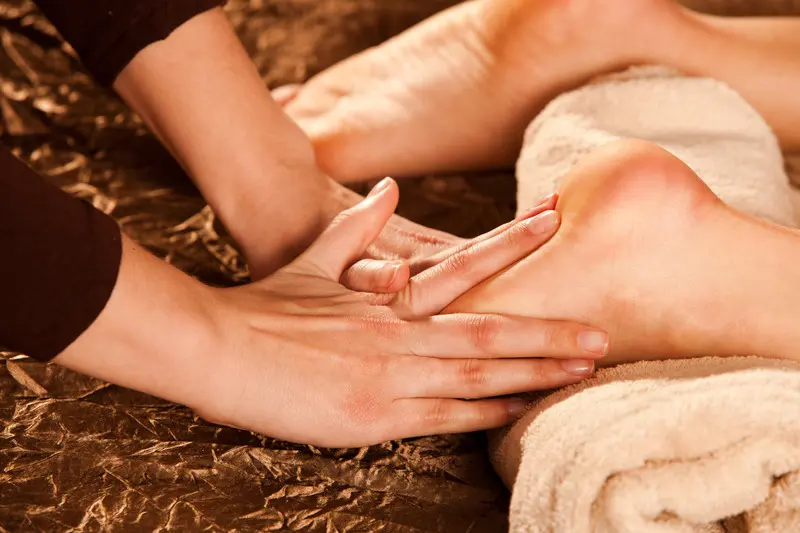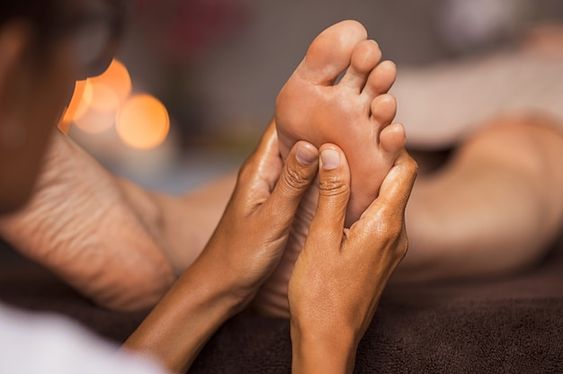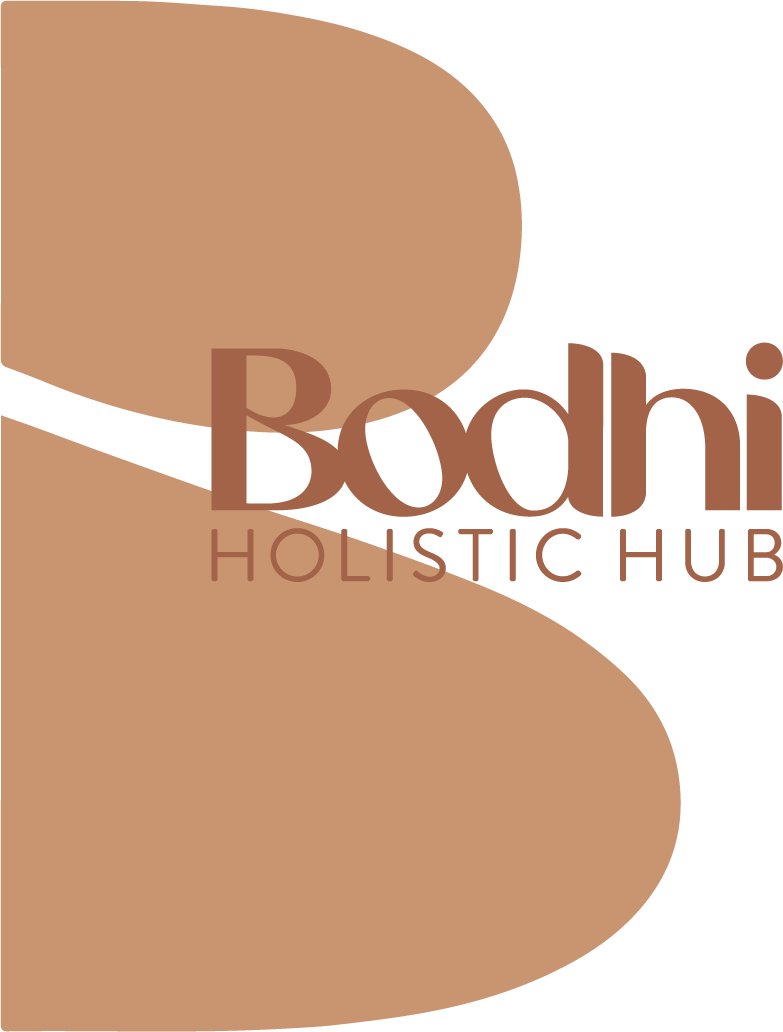
Natural Medicine
- Ayurveda
- Holistic Nutrition
- Naturopathy
- Traditional Chinese Medicine (TCM)
- Acupuncture
- Cupping Therapy
- Iridology
- Fasting and Detox Coaching
- Marma Therapy
- Flower Essence Therapy
- Reflexology
- Spinal Flow Technique
- Lymphatic Drainage
- Physiotherapy
- Chiropractic
- Bowen Therapy
- HTMA (Hair Tissue Mineral Analysis)
- Craniosacral Therapy
- Herbal Medicine
- Zenthai Shiatsu
- Aromatherapy
Reflexology

What is Reflexology and how does it work?
Reflexology is a form of alternative medicine that involves applying pressure to specific points on the feet, hands, face or ears to promote relaxation and healing. It is believed that these reflex points on the feet and hands correspond to different organs and systems in the body, and by stimulating them, the body can restore balance and improve overall well-being. In this article, we will explore the reflexology benefits, the different types of reflexology, how it can help with specific conditions, and what to expect during a reflexology session.
What is reflexology and how does it work?
Reflexology is based on the principle that the body has energy zones that run throughout the body, with reflex areas on the feet, hands, face and ears that correspond to different organs, glands, and systems. By applying pressure to these reflex areas, reflexologists believe that they can stimulate the flow of energy, reduce tension, and promote healing in the corresponding parts of the body.
Reflexologists are trained to identify the reflex areas on the feet and hands that correspond to different organs and systems in the body. They use their fingers, thumbs, and hands to apply pressure to these areas, and may also use tools such as wooden or rubber balls to help stimulate the reflex points.
What are the the main benefits of reflexology?
Reflexology has been shown to have a variety of benefits, including:
- Reducing stress and anxiety
- Improving circulation
- Promoting better sleep
- Boosting the immune system
It can also help with specific conditions such as:
- headaches
- back pain
- digestive issues
- hormonal imbalances and menopause symptoms.
Additionally, reflexology has been found to be an effective complementary therapy for cancer patients, helping to reduce pain, nausea, and fatigue.
What are the different types of reflexology?
There are several different types of reflexology, including foot reflexology, hand reflexology, ear reflexology, and facial reflexology. Foot reflexology is the most common type, and involves applying pressure to specific points on the feet using the fingers, thumbs, and hands. Hand reflexology is similar, but focuses on the reflex areas on the hands. Ear reflexology involves stimulating points on the ear, while facial reflexology involves applying pressure to specific points on the face.

Another technique that also harness the body's innate ability to heal itself through targeted point stimulation, is acupuncture.
Both acupuncture and reflexology rely on the stimulation of specific points on the body to promote health and well-being. In acupuncture, thin needles are strategically inserted into specific points along meridians or energy channels to regulate the flow of Qi, or life force energy, throughout the body.
Both acupuncture and reflexology rely on the stimulation of specific points on the body to promote health and well-being. In acupuncture, thin needles are strategically inserted into specific points along meridians or energy channels to regulate the flow of Qi, or life force energy, throughout the body.
What is the difference between foot reflexology and hand reflexology?
Foot reflexology and hand reflexology are similar in that they both involve stimulating reflex areas on the body to promote relaxation and healing. However, foot reflexology is generally more popular and well-known, and is believed to be more effective at stimulating the body's energy zones as the area is much larger and the reflexologist can be more precise.
What should I expect during a reflexology session?
During a reflexology session, you will usually be lying down in a comfortable position, with your feet or hands exposed for the reflexologist to work on. You will remain fully clothed, except for your shoes and socks.
The reflexologist will start by examining your feet or hands, looking for any areas of tenderness or imbalance. They will also ask you about your health history and any specific concerns you have.
Next, the reflexologist will use their hands to massage your feet and apply certain type of pressure to specific reflex points on your feet or hands. The pressure may be firm, but should not be painful. The reflexologist may also use various techniques, such as kneading, rubbing, or stretching, to help release tension in the muscles and promote relaxation.
Some reflexologists are combining reflexology and aromatherapy in their treatments. Aromatherapy is the use of aromatic plant extracts and essential oils for healing purposes. They will carefully choose the essential oils according to your needs. They may use it blended in a carry oil or as a spray.
As the reflexologist works on different areas of your feet or hands, you may feel sensations of warmth, tingling, or pressure in your feet or hands or the related area in your body. Some people also report feeling a sense of deep relaxation or even falling asleep during a reflexology session.
A typical reflexology session may last 30 to 60 minutes, although the length may vary depending on your individual needs and goals. After the session, you may feel more relaxed, energised, or balanced.
It is important to note that reflexology should not be painful, and you should communicate with your reflexologist if you experience any discomfort during the session. Additionally, reflexology should never be used as a substitute for medical treatment, but rather as a complementary therapy to support overall health and wellness. Reflexology is ideal to be used in a preventative way.
Is reflexology safe for everyone?
Reflexology is generally considered safe for most people, but it may not be appropriate for everyone. If you have a medical condition or are pregnant, you should consult with your healthcare provider before starting reflexology. Reflexology should also be avoided if you have an open wound or sore on your feet or hands, as this could cause pain or infection.
How often should I receive reflexology treatments?
The frequency of reflexology treatments will depend on your individual needs and goals. Some people may benefit from weekly or biweekly sessions, while others may only need occasional treatments. Reflexology is ideal to be used in a preventative way.
Your reflexologist can help you determine the best schedule for your needs.
Finding a Reflexologist in Australia
If you are interested in trying reflexology, there are many qualified reflexologists in Australia.
- The Reflexology Association of Australia is a professional association for reflexologists, and their website provides a directory of registered reflexologists in Australia.
- Bodhi Holistic Hub provides a few options for Reflexologists, all carefully vetted and verified, giving you peace of mind you’ll be in good hands.
"If you're feeling out of kilter, don't know why or what about, let your feet reveal the answer, find the sore spout, work it out"
Eunice Ingham
Discover our vetted practitioners








